The district currently has nearly 80,000 hectares of forest with a coverage rate of over 55%. In 2024 alone, people will be paid more than 35 billion VND in forest environmental services when participating in forest protection. In villages with forests, each household receives an average of 13-25 million VND/year, with some households receiving up to 40-50 million VND.
Clearly identifying that “forests are valuable assets, protecting forests means maintaining long-term livelihoods”, the district has allocated land and forests to the communities of the villages for direct management. At the same time, the villages have established forest protection and fire prevention teams, and signed clear commitments of responsibility. At the beginning of the dry season, the teams mobilize people to clear vegetation and open firebreaks to proactively prevent forest fires. Communes such as Hua Bum, Nam Cha, Nam Manh, Nam Ban… are typical examples of the model “People protect forests - forests feed people”.
Payment for forest environmental services not only helps people earn more income but also fundamentally changes their awareness. From considering forests as resources to exploit, people now understand that protecting forests means protecting water sources for daily life, protecting cultivated land, and maintaining a sustainable living environment for future generations.
Mr. Hu Van Nguyen in Chang Chao Pa village, Hua Bum commune shared: “Many years ago, people went into the forest to cut wood and hunt wild animals. When there was a payment for forest environmental services, we received money and had capital to buy production machinery, breeds, and build barns. Every year, my family received over 10 million VND to reinvest in production, making life more stable. Now, if anyone destroys the forest, the villagers immediately protest.”
Mr. Nguyen’s story is also proof that people are increasingly attached to the forest through practical actions. Not only protecting the forest, many households also proactively plant trees under the forest canopy such as cardamom, cymbidium or develop livestock to increase income.
Ms. Lo Thi Me in Nam O village (Nam Ban commune) said: “Every year, my family receives about 10 million VND from forest environmental services. The family uses that money to buy fertilizer, corn seeds or buffalo and cow breeds. People no longer destroy forests to make fields like before. Green forests have enough water, good crops, and villagers have stable incomes so their children can go to school.”
The militia force of Nam Cha commune (Nam Nhun district) patrols to protect the forest.
In border communes like Hua Bum, where more than 64% of the land area is forest, people are more aware of the role of forests in ensuring water resources and stabilizing livelihoods. In Nam Nghe, Nam Cuoi, Pa Mu villages, each household receives 20-25 million VND/year from DVMTR, many households have been able to buy tractors instead of cattle, contributing to improving labor productivity and gradually mechanizing agricultural production.
DVMTR also contributes significantly to the construction of new rural areas in Nam Nhun district. Thanks to income from the forest, people have the conditions to improve their housing, invest in their children's education, and buy essential items. Many villages also allocate part of the money to pay for DVMTR to expand and concrete internal roads, renovate cultural houses, contributing to improving new rural criteria. Currently, Nam Nhun district has 3 communes meeting new rural standards, the remaining communes on average meet 13.5 criteria/commune. Average income per capita reaches more than 38 million VND/year; the poverty rate decreases by an average of 4-5%/year. This is an indispensable result of the contribution from DVMTR payment.
To continue to promote effectiveness, Nam Nhun district has closely directed the implementation of forest environmental service payments, providing specific instructions on declaration, identifying forest owners, ensuring payment to the right subjects and transparency. Propaganda work has been promoted in many forms so that people clearly understand their responsibilities and rights when participating in forest protection. Continue to review and re-plan forestry land areas, expand economic forest planting, upstream protection forests. At the same time, promote the application of digital technology in monitoring and managing forest resources, and improve community capacity in forest fire prevention and fighting.
Mr. Nguyen Van Giap - Vice Chairman of Nam Nhun District People's Committee said: "Payment for forest environmental services is a lever to help people increase their income and change their awareness in forest protection. Previously, people went to the forest to exploit wood and work on the fields, but now the forest is considered a "green source of income", motivating them to actively protect and develop the forest. In addition, the district also coordinates with communes to organize propaganda and guide people to use money for the right purposes, invest in economic development, and reduce poverty sustainably."
Protecting the forest also means protecting water resources, protecting the living environment, maintaining stability and sustainable development of the whole community. With the determination of the Party Committee, the government and the consensus of the people, the forest area of Nam Nhun district will certainly continue to expand and develop sustainably.
Source: https://baolaichau.vn/kinh-te/dan-giu-rung-rung-nuoi-dan-718558






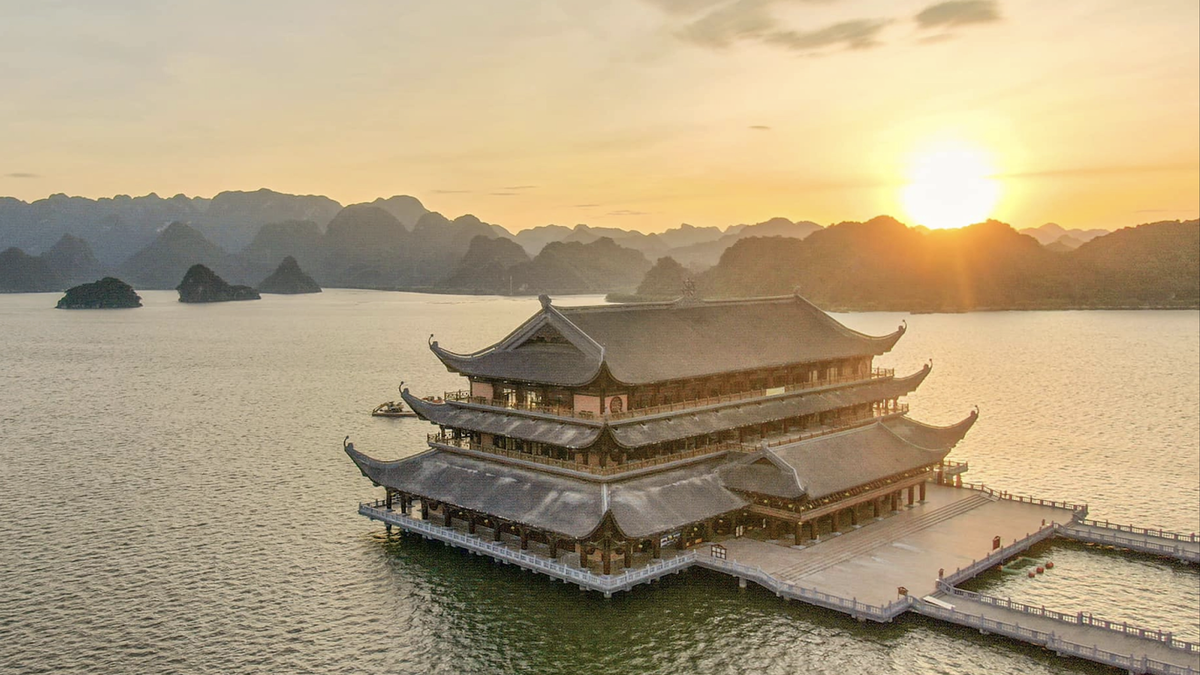






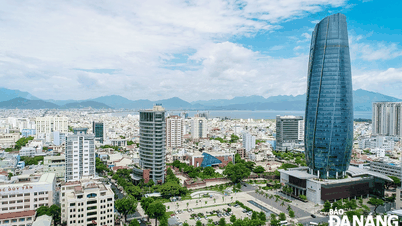
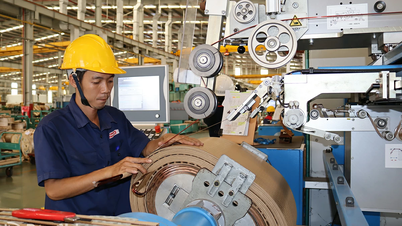
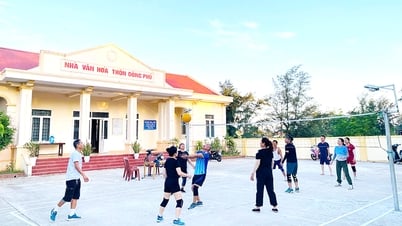

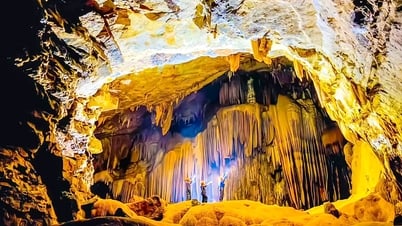




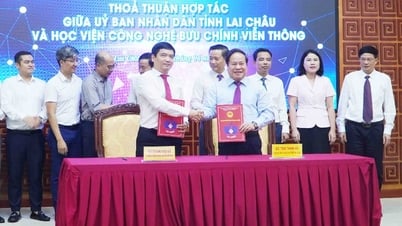
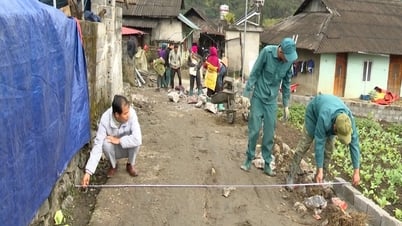
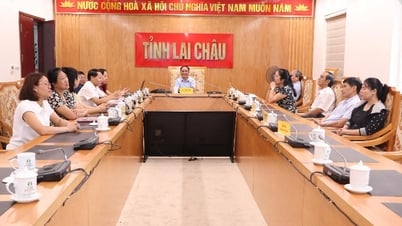
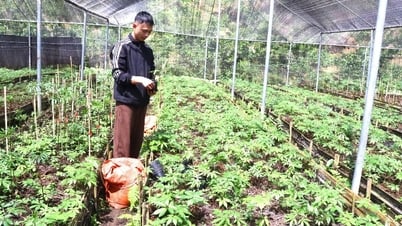
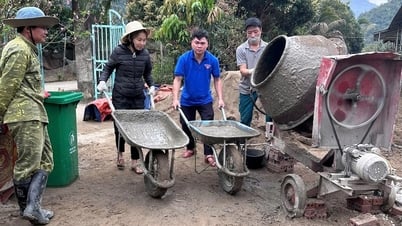
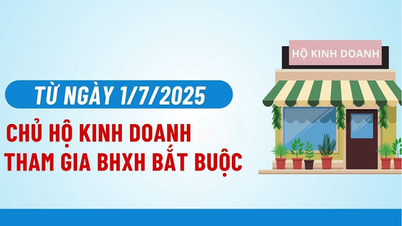



![[Photo] Nearly 104,000 candidates in Hanoi complete procedures to take the 10th grade entrance exam](https://vphoto.vietnam.vn/thumb/1200x675/vietnam/resource/IMAGE/2025/6/7/7dbf58fd77224eb583ea5c819ebf5a4e)



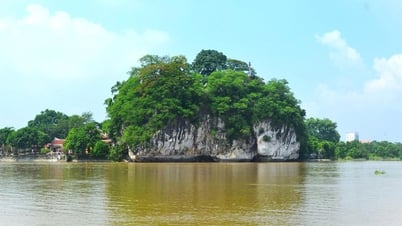

























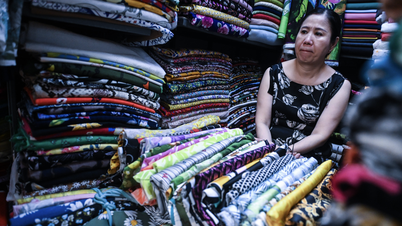



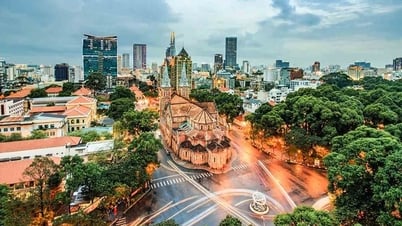

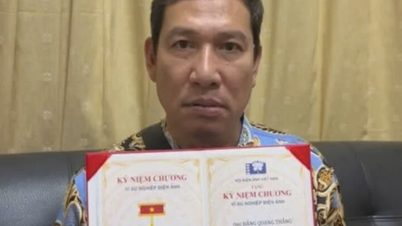


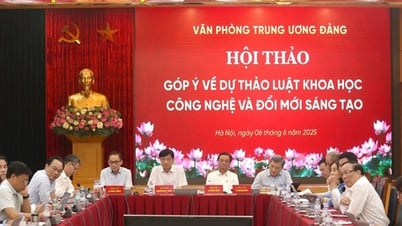

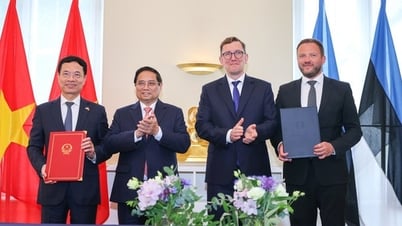


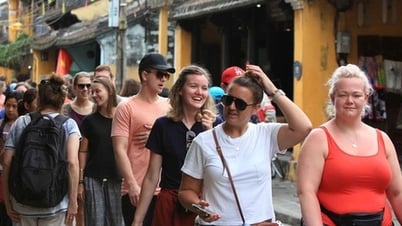


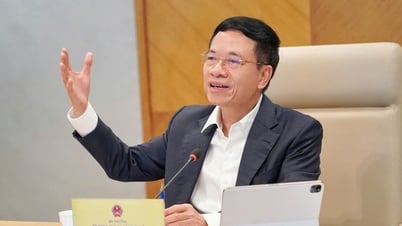



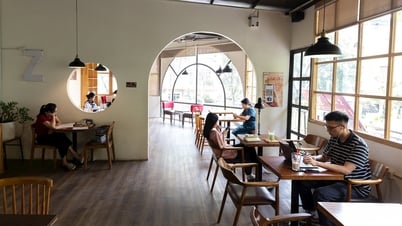








![[OCOP REVIEW] Tu Duyen Syrup - The essence of herbs from the mountains and forests of Nhu Thanh](https://vphoto.vietnam.vn/thumb/402x226/vietnam/resource/IMAGE/2025/6/5/58ca32fce4ec44039e444fbfae7e75ec)





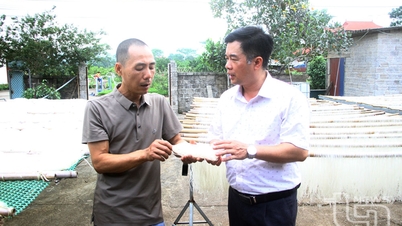

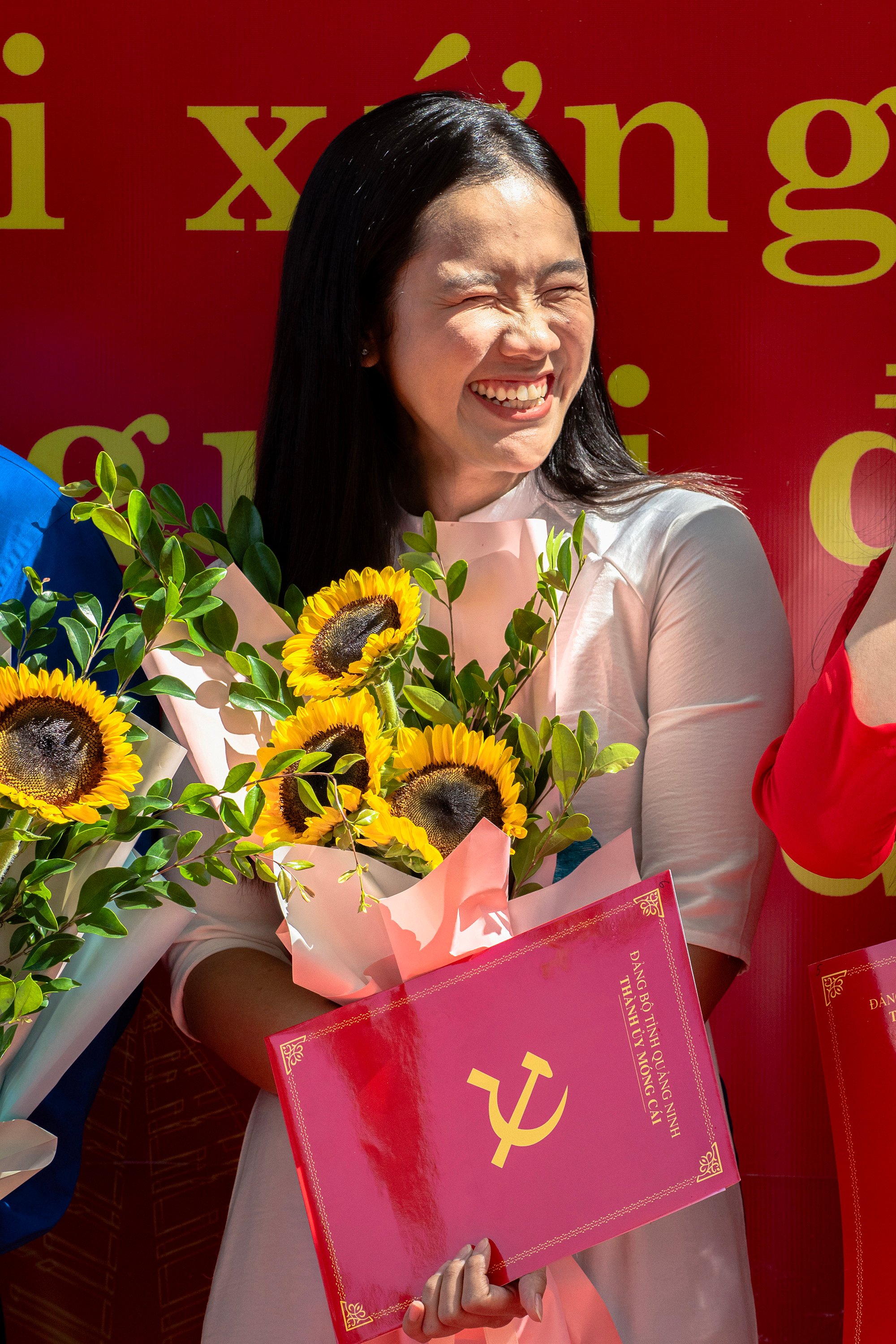



Comment (0)